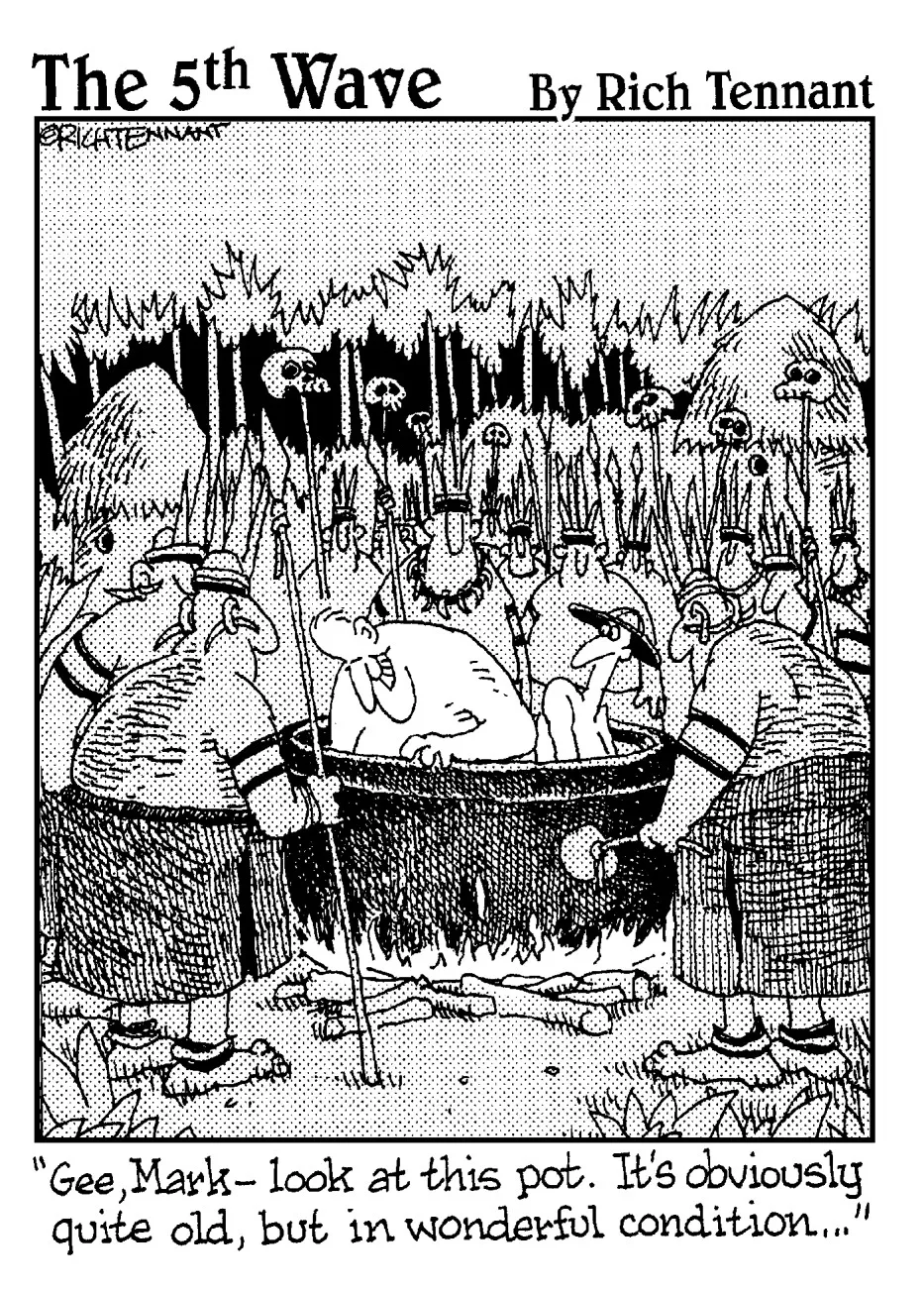
- English
- ePUB (mobile friendly)
- Available on iOS & Android
Antiquing For Dummies
About this book
"This is a fun and painless way to give yourself a firm grounding in the wide wonderful world of antiques and collectibles."
Kyle Husfloen, Managing Editor, Antique Trader Weekly and Antique Trader's Antiques & Collectibles Price Guide
Do you love to poke around estate sales and antique shops, but can't tell the difference between Queen Anne and Queen Victoria furniture? Do you dream of owning that old Oriental rug or Meissen figurine — but worry that the dealer might gouge you on the price? Do you own pieces you think might be valuable — but don't know where to go for a reliable appraisal? Relax. Antiquing For Dummies answers all your antiquing questions—and more.
Whether you're a beginner or you've already gotten your feet wet, this fun, friendly guide will give you the savvy you need to cruise, schmooze, bargain for, and care for antiques with confidence. In no time you'll be able to:
- Tell the difference between real antiques and stuff that's just old
- Develop an antique hunt plan of attack
- Select antiques based on the 5 key points of the "RADAR Test"
- Discover hidden treasures at garages, estate sales, auctions, and shops
- Get the best deals when buying and selling antiques
- Decorate with antique glass and porcelain from around the world
- Clean and care for your precious finds
- Work an auction—real-time and online
Writing with humor and common sense, Ron Zoglin and Deborah Shouse demystify the highfaluting terminology of the antique world. And step-by-step they walk you through all the antiquing essential, including:
- Different furniture styles and periods of furniture and how to distinguish them
- Dovetails, nails, and other construction elements that offer clues to a piece's age
- Where to go for the best antique bargains — includes tips on how to bid at auctions in person or online
- All about antique glass, ceramics and silver
- Integrating antiques into your life at home and at the office
Antiquing For Dummies gets you up and running with what you need to know to find, research, and negotiate prices like a pro.
Frequently asked questions
- Essential is ideal for learners and professionals who enjoy exploring a wide range of subjects. Access the Essential Library with 800,000+ trusted titles and best-sellers across business, personal growth, and the humanities. Includes unlimited reading time and Standard Read Aloud voice.
- Complete: Perfect for advanced learners and researchers needing full, unrestricted access. Unlock 1.4M+ books across hundreds of subjects, including academic and specialized titles. The Complete Plan also includes advanced features like Premium Read Aloud and Research Assistant.
Please note we cannot support devices running on iOS 13 and Android 7 or earlier. Learn more about using the app.
Information
Part I
The Antiquing Primer

Chapter 1
Stalking the Wild Antique
In This Chapter



Antiques, Collectibles, and Other Aging Items
You did say you were going abroad, didn’t you?
A is for Antique

Stepping up to the collectible plate
antiques-in-waiting
Digging into antiquities

Sears or Sotheby’s: Deciding Between Something Old and Something New




Table of contents
- Title
- Contents
- Introduction
- Part I : The Antiquing Primer
- Chapter 1: Stalking the Wild Antique
- Chapter 2: Preparing for the Hunt: An Antiquing Plan of Action
- Chapter 3: God Save the Queen Anne: Basic Furniture Styles
- Chapter 4: Dovetails and Nails: How to Spot the Real Thing from the Fake
- Part II : Who’s Got the Goods? Shopping for Antiques
- Chapter 5: Bargaining Basics: The Price Can Be Right
- Chapter 6: Meet the Dealers: Antique Shops and Shows
- Chapter 7: Sold on Auctions: Going Once, Going Twice
- Chapter 8: Cruising for Fabulous Finds: Antique Malls and Flea Markets
- Chapter 9: Doing a Little Legwork: Estate and Garage Sales, Classifieds and Cyber-Buys
- Part III : Material Possessions
- Chapter 10: Glass Conscious: Glassware and Crystal
- Chapter 11: Dishing It Out: Porcelain, Pottery, and China
- Chapter 12: The Metal Winner: Silver
- Part IV : Integrating Antiques into Your Home
- Chapter 13: Basic Decorating: Bringing the Past into Your Present
- Chapter 14: Remembrances of Repasts Past: The Kitchen and Dining Room
- Chapter 15: Parlor Pieces: Living Room Antiques
- Chapter 16: Welcome to My Boudoir: Bed and Bath Antiques
- Chapter 17: Antiques from the East: Orientalia
- Chapter 18: Antiques by the Yard: Outdoor Items
- Part V : The Care, Feeding, and Deleting of Antiques
- Chapter 19: Scratches, Spills, and Restoration Thrills
- Chapter 20: Getting Your Antiques Appraised
- Chapter 21: Selling Your Antiques
- Part VI : The Part of Tens
- Chapter 22: Ten Great Periodicals
- Chapter 23: Ten Essential Price Guides for Antiques